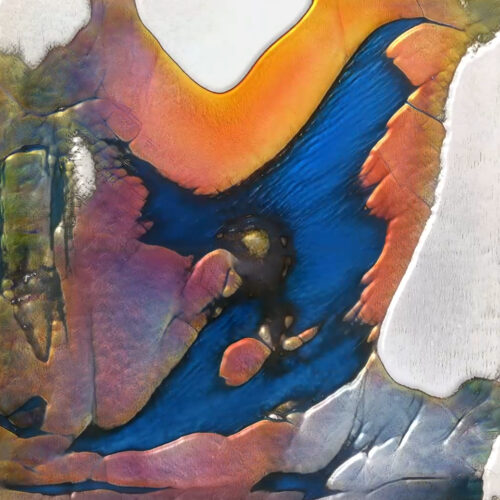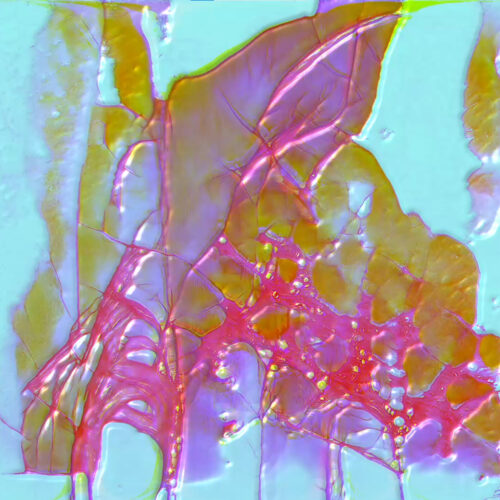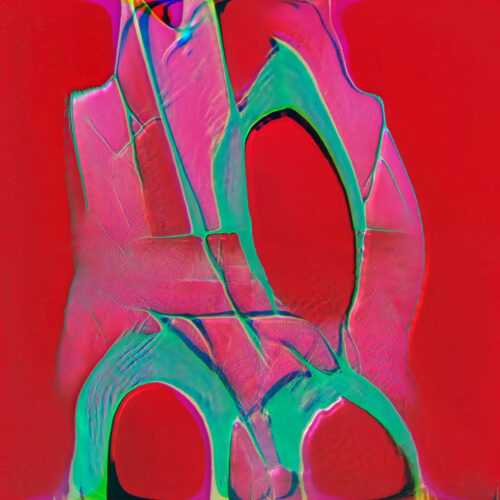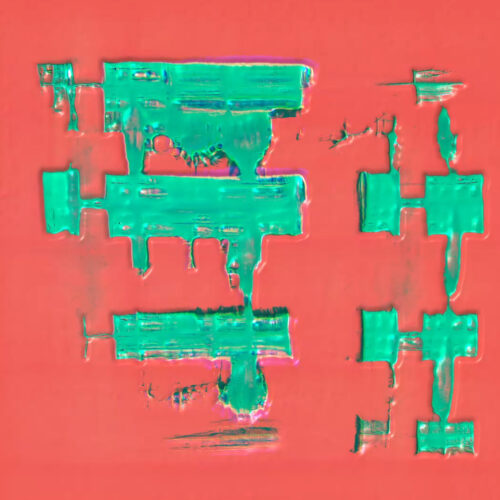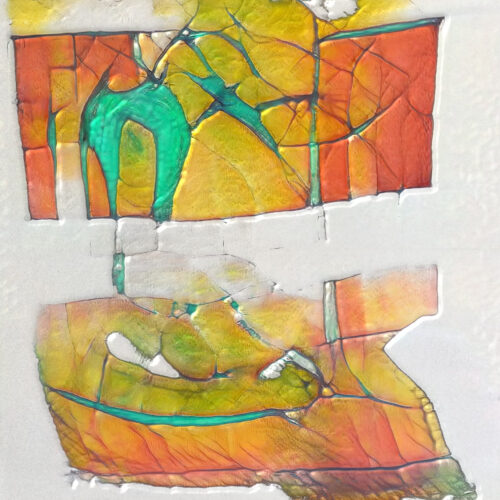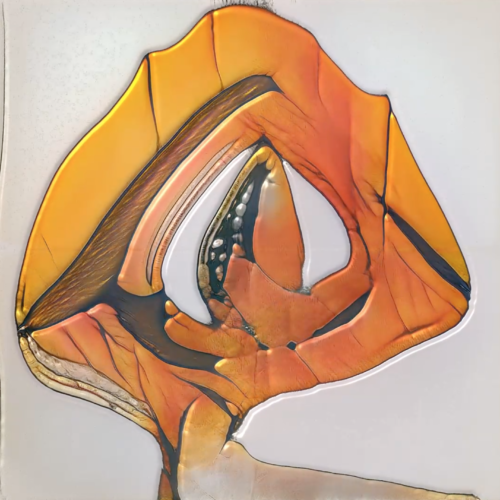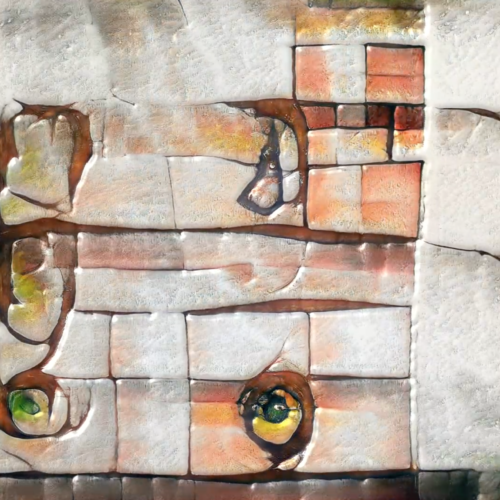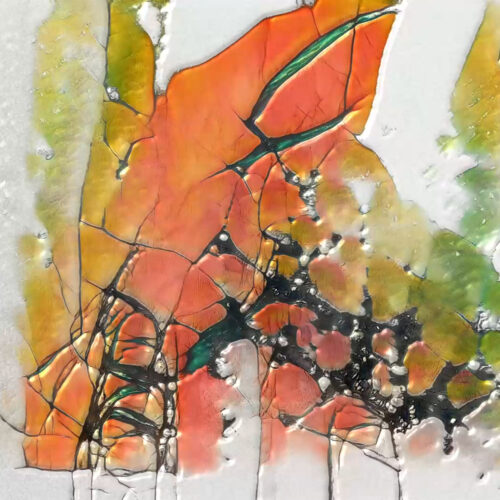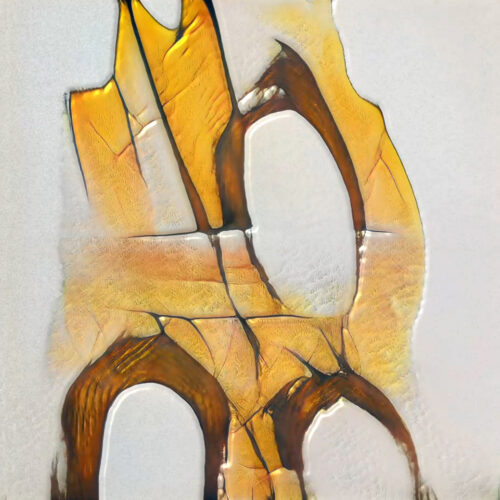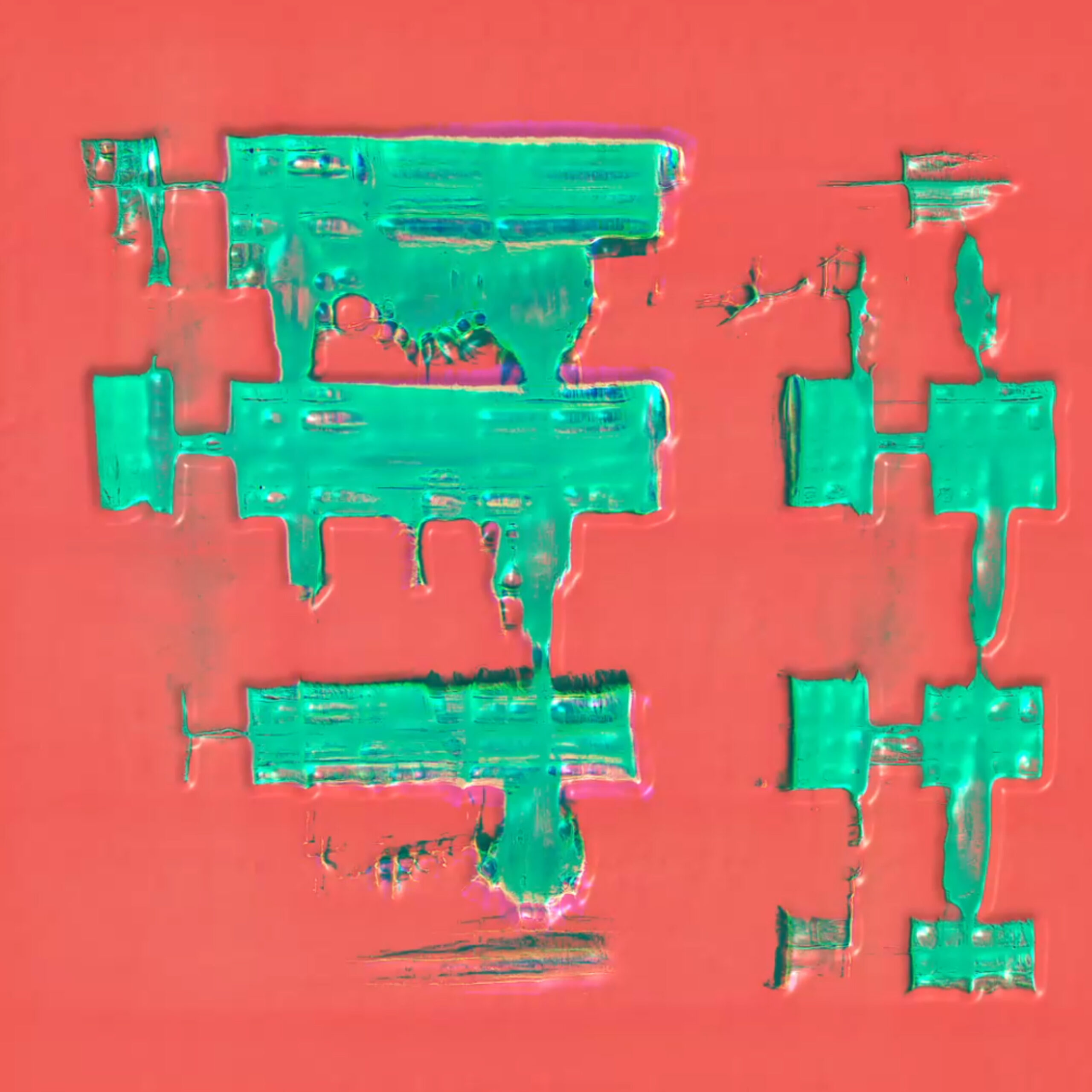Deep learning is part of a broader family of machine learning methods based on artificial neural networks.
Such learning can be supervised, semi – supervised, or unsupervised.
Deep learning architectures such as deep neural networks, deep belief networks, recurrent neural networks, and convolutional neural networks are applied in fields such as computer vision, speech recognition, natural language processing, audio recognition, social network filtering, machine translation, bio-informatics, drug design, medical image analysis, material inspection, and board games. Artificial neural networks are inspired by biological systems, tending to be static and symbolic.
Deep learning achieves great success in image production as it sets basic parameters about given data and trains the computer to learn on its own by recognizing multi-layered processes behind.
Images on the right are the results of Style GAN 2 ADA implementation of a data set combined from Gokhan Avcioglu’s sketches over the last 30 years. Although the data set was quite small (350 Sketches) Style-GAN 2 ADA managed to embrace its character and produced marvelous results.
In a similar context, architects use deep learning, to analyze visual similarities between designs and to recreate thousands of constructions by the schematics developed by the artificial neural networks.
